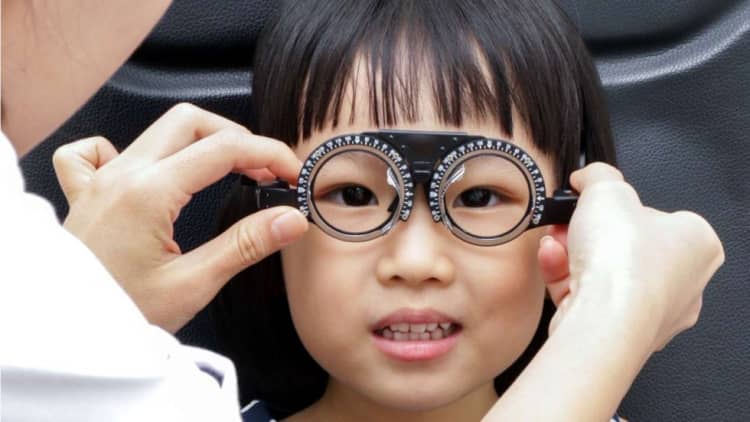Some of the biggest studies done to assess the efficacy of atropine eye drops for reducing myopia progression eg ATOM [1], were done in children from the age of 6. As such, if we are to base our practice on published evidence, it would be common practice to begin considering treatment at an age as established in the studies.
But if we take a step back, what could be the reason for starting at such an age and not younger?
In fact, almost all babies are born hyperopic (longsighted).
Some or a lot of them get shortsighted in the childhood years, because of excessive growth/lengthening of the eyeball. What happens is the initial hyperopia gets less and less, reaches zero, and then the eye becomes myopic. In most cases, the age when we first start seeing myopia is from 6 years onwards, and sometimes later.

In general, when we consider treatment for a condition, we would like to see that it is present before giving the treatment. In this case, that would be seeing the myopia actually progress before prescribing atropine, and most of the time that would be from 6 years onwards.
But in theory, there is no reason why a 4 or 5-year-old would not also benefit if he/she had myopia that was progressing. Bear in mind though, that assessing myopia in children is not the same as in adults and in order to get an accurate measurement of the spectacle power, cycloplegic refraction with dilating eyedrops must be performed, at least initially. Without the drops, a measurement that looks myopic may not be so, or the myopic degree may be less than what is seen.
Currently, I believe there are studies to see whether it is worthwhile to use atropine eyedrops even before someone becomes myopic. I am not aware of the results from these studies yet though, so we will have to continue with our usual practice of only treating children with established progressing myopia.
References:
1. Chia A, Lu Q-S, Tan D. Five-Year Clinical Trial on Atropine for the Treatment of Myopia 2. Ophthalmology. 2016;123(2):391-399. doi:10.1016/j.ophtha.2015.07.004



